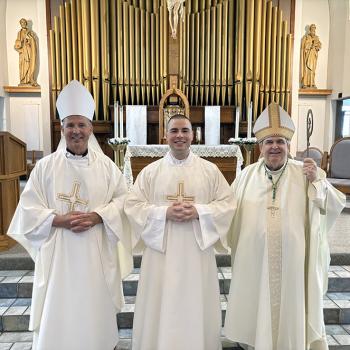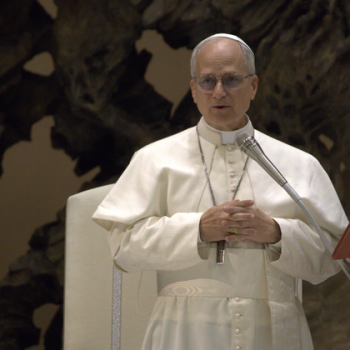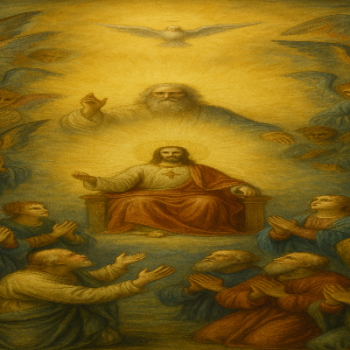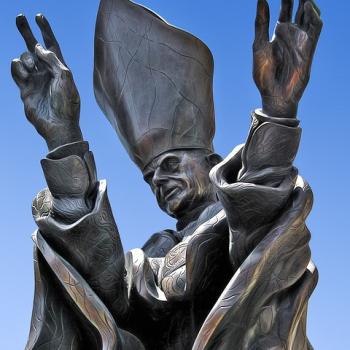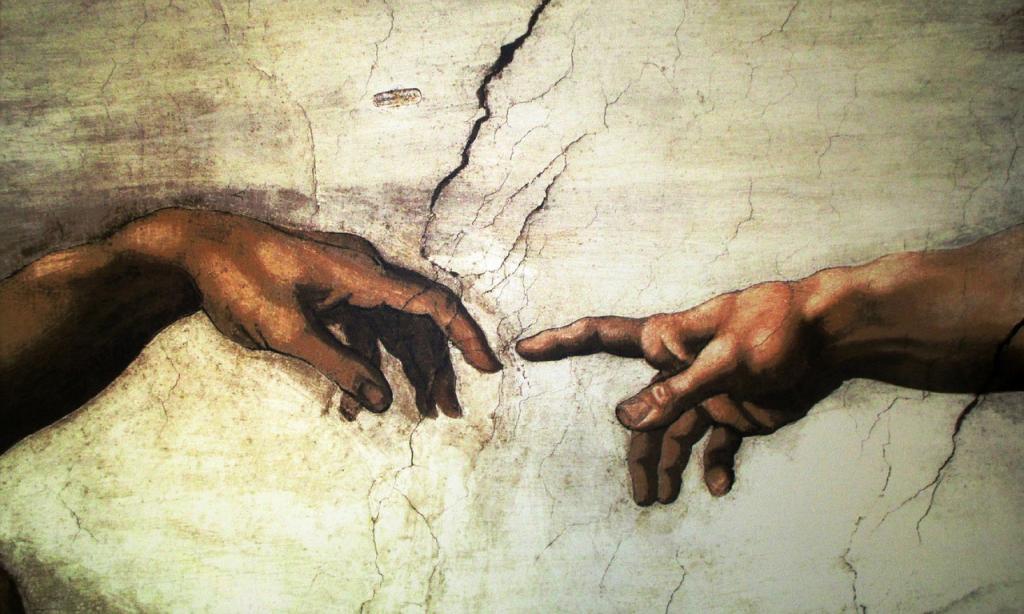
Every art and science has its own unique set of terms and language. This is true of theology, as well. One such term is the communication of idioms.
In the following paper, I will endeavor to explain what is meant by the communication of idioms. I will then seek to place the idioms within the broader context of ontology and the Catholic doctrine of the hypostatic union.
Idioms, Union, And Ontology
The phrase communication of idioms is a term of art within theology, particularly within Christology. Specifically, an idiom as it is used in theology refers to properties or traits that can be attributed to Jesus as God and properties and traits that can be attributed to Jesus as a human being.
Since the communication of idioms involves the natures of Jesus and Who Jesus is in His person, it is prudent to outline both the hypostatic union and ontology.
Hypostatic or hypostasis means one substance. Thus the hypostatic union refers to the union of the human and divine natures in the one person of Christ. In AD 451, the Council of Chalcedon declared that the two natures of Christ are joined “in one person and one hypostasis” (Denzinger 302). The term “hypostatic union” was not adopted, however, until a century later, at the fifth general council at Constantinople (A.D. 533).
The council sought to express the Catholic doctrine about Jesus Christ that in him are two perfect natures, divine and human. The divine person takes to Himself or includes in His person a human nature (and those idioms that are proper to a human being). The council also sought to show that the incarnate Son of God is an individual and that the union of the two natures is real and not simply God indwelling in a human being (as some heresies suggested). Furthermore, Jesus’ nature possessed a rational soul, and His divine nature remained unchanged by the Incarnation.
The Gospel message is ultimately and foundationally about the person of Jesus Christ. The Gospel, in other words, has a strong ontological disposition.
Ontology is a branch of metaphysics concerned with identifying the kinds of things that exist and the nature of being itself. From a Catholic perspective, ontology would admit at least two kinds of things or substances, one spiritual and one material.
As it relates to Jesus, ontology is complex owing to His two natures. As to His divine nature, we can say abstractly that Jesus’ ontology is the Word (that is, logos) of God (John 1:1). Or we can speak of Jesus’ divine ontology as Peter did, “You are the Messiah, the Son of the living God.” (Matthew 16:16).
It seems to me that we can only speak abstractly of the ontology of God. It is beyond human reason to comprehend who God is in His essence. Yet we must not devolve to a Kantian level of skepticism. God is knowable through divine revelation and human reason (albeit limitedly).
An ontological definition of a human being would seem to include an individual substance composed of a spiritual, rational soul, and a material, physical body.
The Difficulties Of The Idioms
Having provided a sketch of the hypostatic union and ontology, I can address the complexity of the communication of idioms.
Because Jesus has two natures, one divine, and one human, questions emerge. What properties or traits belong solely to Jesus’ divine nature, and what properties or traits belong to His human nature? Finally, is it possible that these properties intermingle among the two natures?
The caution is against confusing the attributes of Jesus’ two natures. That is to say, for example, attributing to Jesus’ human nature what is proper to His divine nature or conversely attributing what is proper to His divine nature to what is proper to His human one.
Owing to the two natures of Christ, it is, therefore, possible to speak of two distinct modes of operation, one divine, and the other human. These modes of operation are evident in the Bible and in the development of Catholic theology.
The Bible describes Jesus performing activities belonging to God, such as performing miracles, resurrecting the dead, walking on water, and changing water into wine. We can also speak of Jesus performing activities proper to His human nature, such as being born, becoming fatigued, sleeping, becoming hungry, suffering, and dying.
The early Church followed the biblical usage of idioms in the primitive creeds and symbols of faith. More speculative development came only in time. Among the earliest to elaborate the theory of the communication of idioms were Origen, Ephraem, Athanasius, Cyril of Jerusalem, and most explicitly, Gregory of Nyssa in the East Tertullian, Hilary, and especially Augustine in the West.
It is the teaching of the Catholic Church that the communication of idioms is not between the natures of Christ; that is, the properties of one nature never become the properties of the other. Rather, the communication of idioms is in the one person of Jesus, Who is truly God, the only-begotten Son, the Second Person of the Trinity, and Who became man and the Son of Mary.
Therefore, once the Incarnation had taken place, whatever is affirmed of this one person when He is named or indicated according to one nature can be established of the same person when He is named or indicated according to the other nature. The person is always the same even though at one time called God because of His divine nature and at another time called man because of His human nature.
Conclusion
In this article, I have sought to touch upon a rather abstract and challenging topic: the communication of idioms. This theological term refers to the properties and traits that are attributed to Jesus vis-a-vie His divine nature and vis-a-vie His human nature.
Owing to the hypostatic union, it is possible – perhaps necessary- to identify those traits that belong to Jesus’ human nature and those that belong to His divine nature.





